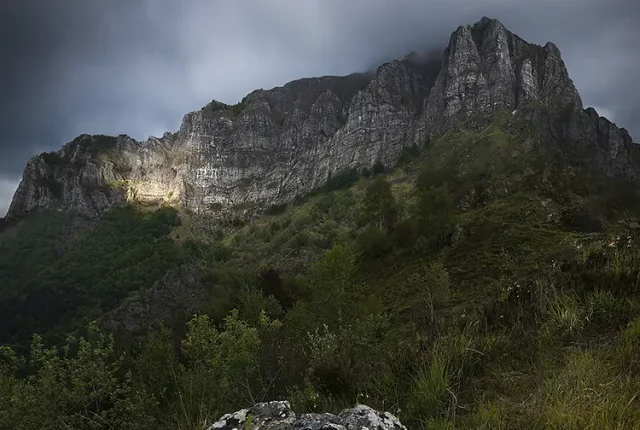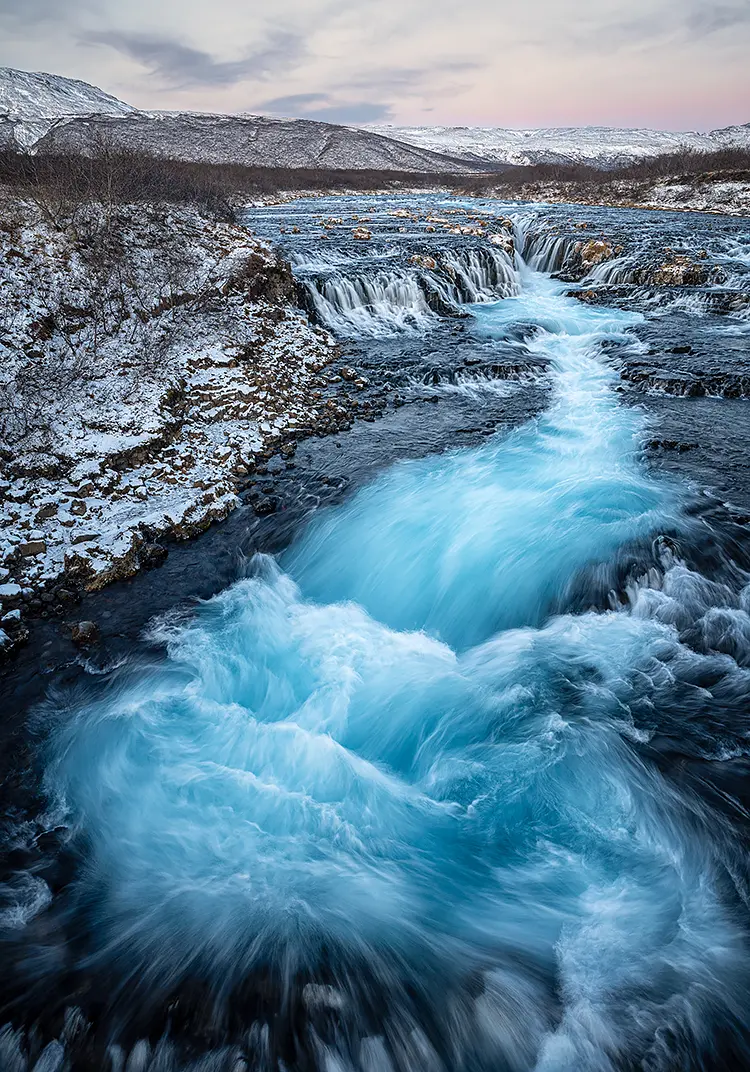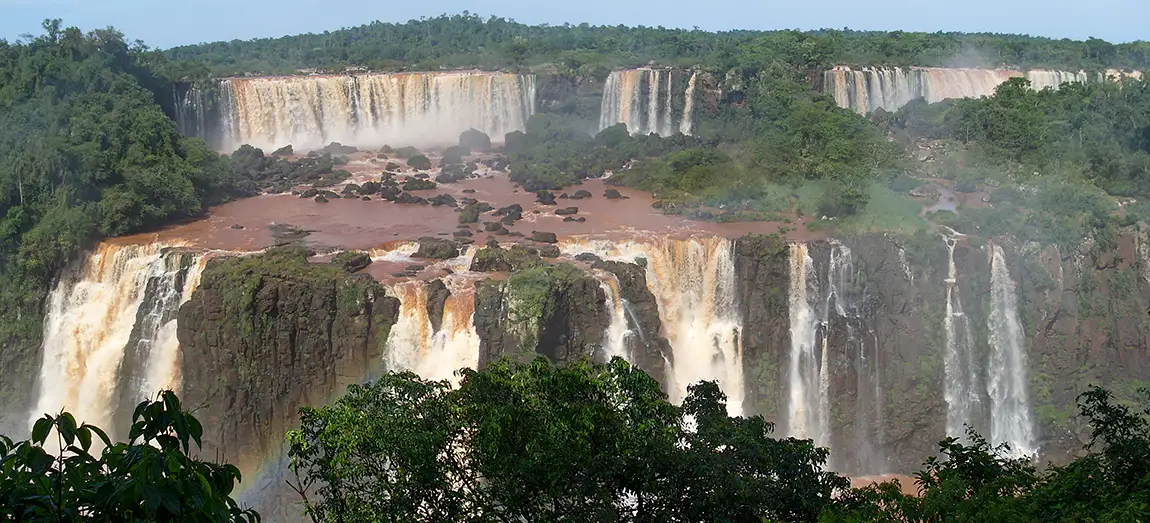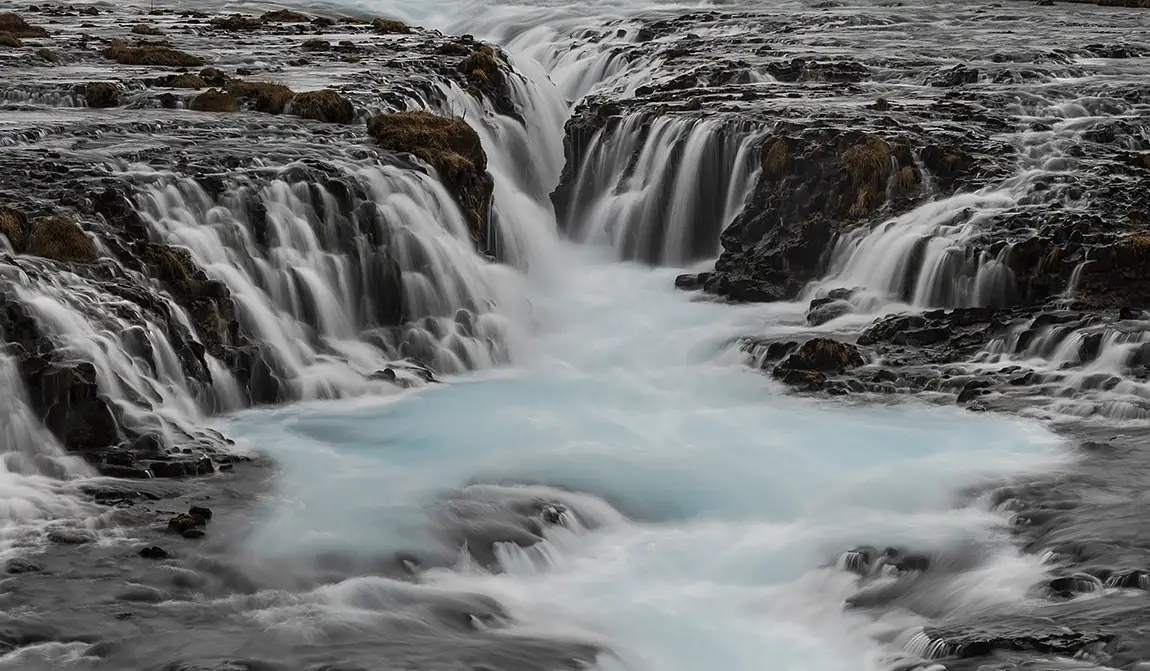Today I chose Passo Croce. It’s not the ideal day: the forecast says increasing clouds, unstable light, and wind sweeping the ridges. But I’m not looking for perfect skies. I’ve learned that it’s often in uncertainty that something true reveals itself. I pack my backpack, set the destination, and leave. Over an hour of driving, then the trail. I don’t know it well, but that’s exactly what I like today—the possibility that something might happen, without knowing it in advance.
When I arrive, the air is crisp: fifteen degrees, maybe less. The clouds rush across the ridge. The summit is hidden—only shadows stretching, bending, dissolving. I start to climb. I don’t have a clear idea, just the intention to be present. I walk slowly, no hurry. Every bend is a chance. Every pause is an invitation to look more closely.
Then it happens. After a small clearing, I find a cracked rock covered in lichen. Around it, damp ferns. In front of me, the mountain opens up. Monte Corchia—massive, almost floating. And in that moment, a blade of light breaks through the clouds and brushes the cliff face. Just briefly. But enough. I decide this is where I want to stop.
I set up the tripod and adjusted the camera: 25 mm, f/13, ISO 100, 1/60 sec. But it’s not enough. I want sharpness from the fern to the summit. I went for focus stacking: five shots, five focus points. The light lasts just a moment, but that’s all I need. I breathe, I shoot, I wait.
When I’m done, I stay. I watch the mountain appear and disappear. The wind whistles through the rocks. The sky shifts again. No human sounds. Only a breath—the mountain’s breath. It almost feels like she’s the one watching me now.
I return with just a few shots. But each one carries more than I expected. Without realising it, I knew something about that place had stayed with me.










